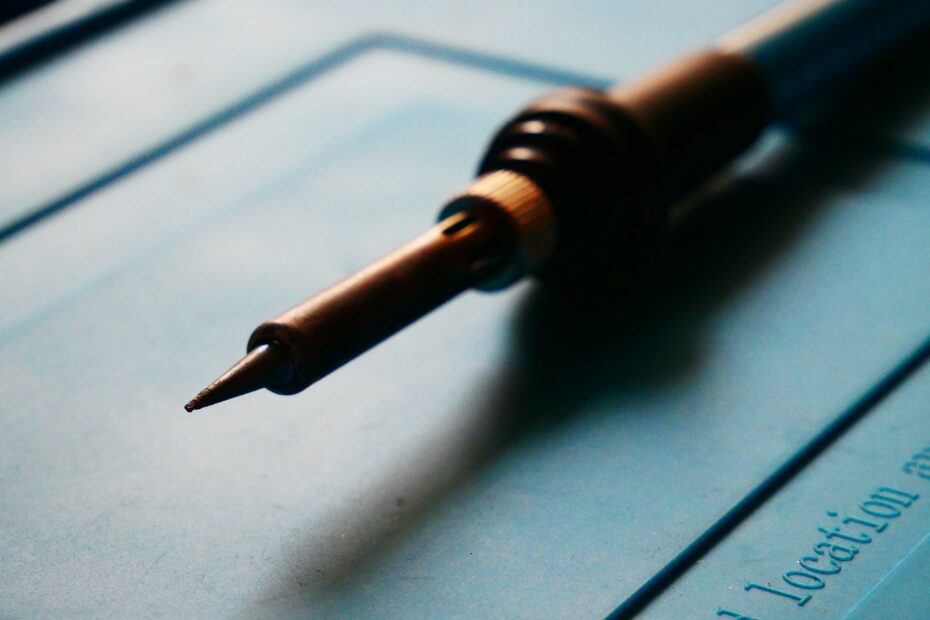Soldering is a crucial skill for any electronic enthusiast or professional. It involves joining two or more metal components together using a metal alloy, known as solder, which melts at a low temperature and solidifies to create a strong and permanent bond. Soldering is used in a wide range of applications, including circuit board assembly, jewelry making, and plumbing.
To become a proficient solderer, it is essential to have the right tools and techniques at your disposal. Here are five tips that will help you improve your soldering skills:
Choose the right solder
The type of solder you use will have a significant impact on the quality of your soldering. For most electronics applications, it is best to use a lead-free, rosin-core solder with a melting point between 340 and 370 degrees Celsius (650°- 700°F). This type of solder is easy to work with and will provide a strong and reliable connection.
Use a clean and well-maintained soldering iron
A clean and well-maintained soldering iron is essential for achieving good results. Before you start soldering, make sure to clean the tip of your iron using a wet sponge or brass wool. This will remove any debris and oxidization that may be present on the tip, which can prevent the solder from flowing properly. Additionally, make sure to replace the tip of your soldering iron regularly, as worn or damaged tips can lead to poor connections.
Use flux
Use flux. Flux is a chemical agent that is applied to the surfaces being soldered. It helps to remove any oxidation or contamination on the metal surfaces and promotes the flow of solder. Using flux is especially important when soldering metals that are prone to oxidization, such as copper and brass. It is also useful for soldering joints that are difficult to access, as it helps to wick the solder into the joint.
Heat the joint, not the solder
One common mistake that beginners make is to apply the soldering iron directly to the solder. This can cause the solder to become brittle and can lead to poor connections. Instead, apply the soldering iron to the joint, and allow the heat to flow through the metal components and into the solder. This will help to create a strong and reliable connection.
Use the right technique.
Soldering requires a certain level of finesse and skill. To achieve good results, it is essential to use the right technique. When applying the solder, use a steady, circular motion to evenly distribute the heat and ensure that the solder flows evenly into the joint. Be careful not to apply too much heat, as this can cause the components to become damaged. Once the solder has flowed into the joint, remove the soldering iron and allow the joint to cool naturally.
By following these tips, you can improve your soldering skills and achieve professional-quality results. With a little practice and patience, you can master the art of soldering and create strong and reliable connections for all of your electronic projects.

Pingback: besten online casinos
Pingback: can buy clomid uk
Pingback: theophylline 400mg
Pingback: generic fluticasone, salmeterol
Pingback: entocort 100mcg
Comments are closed.